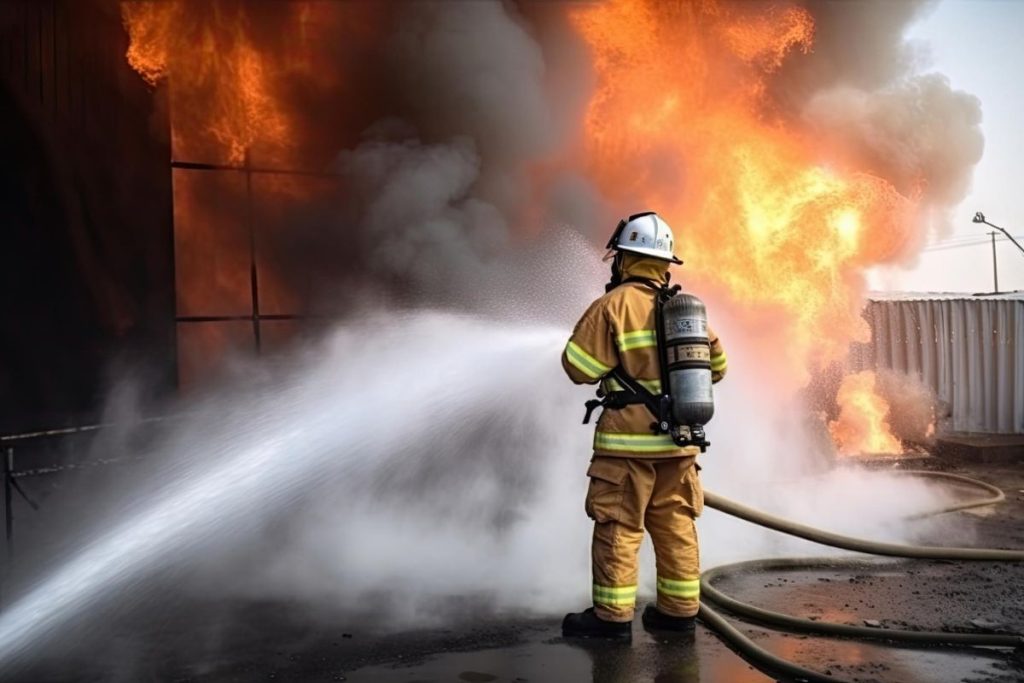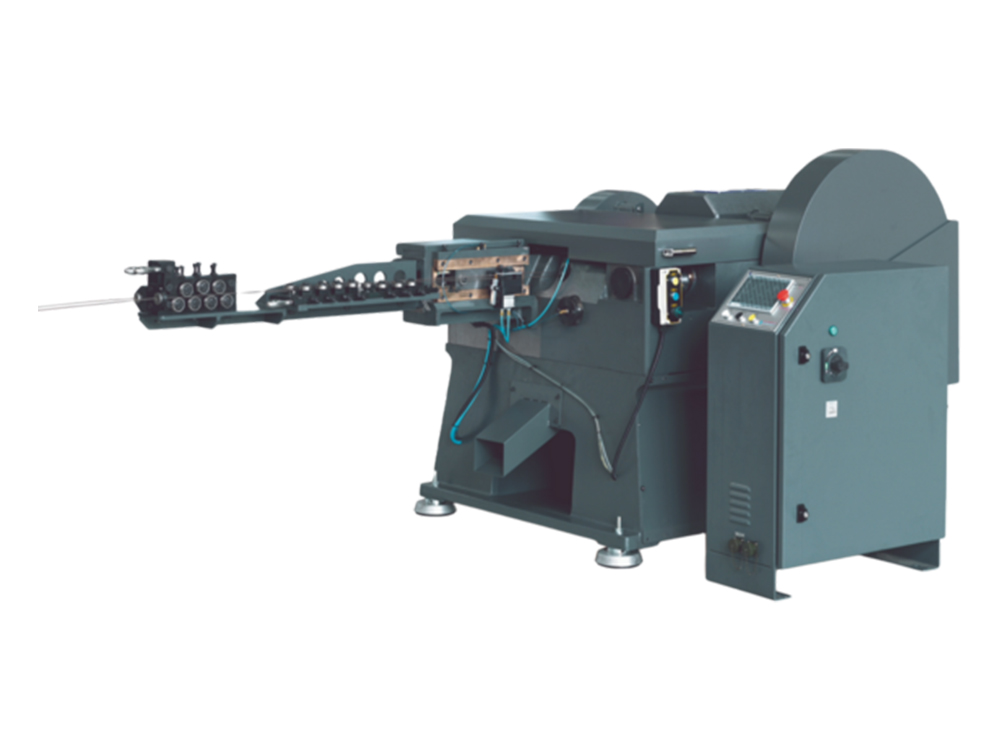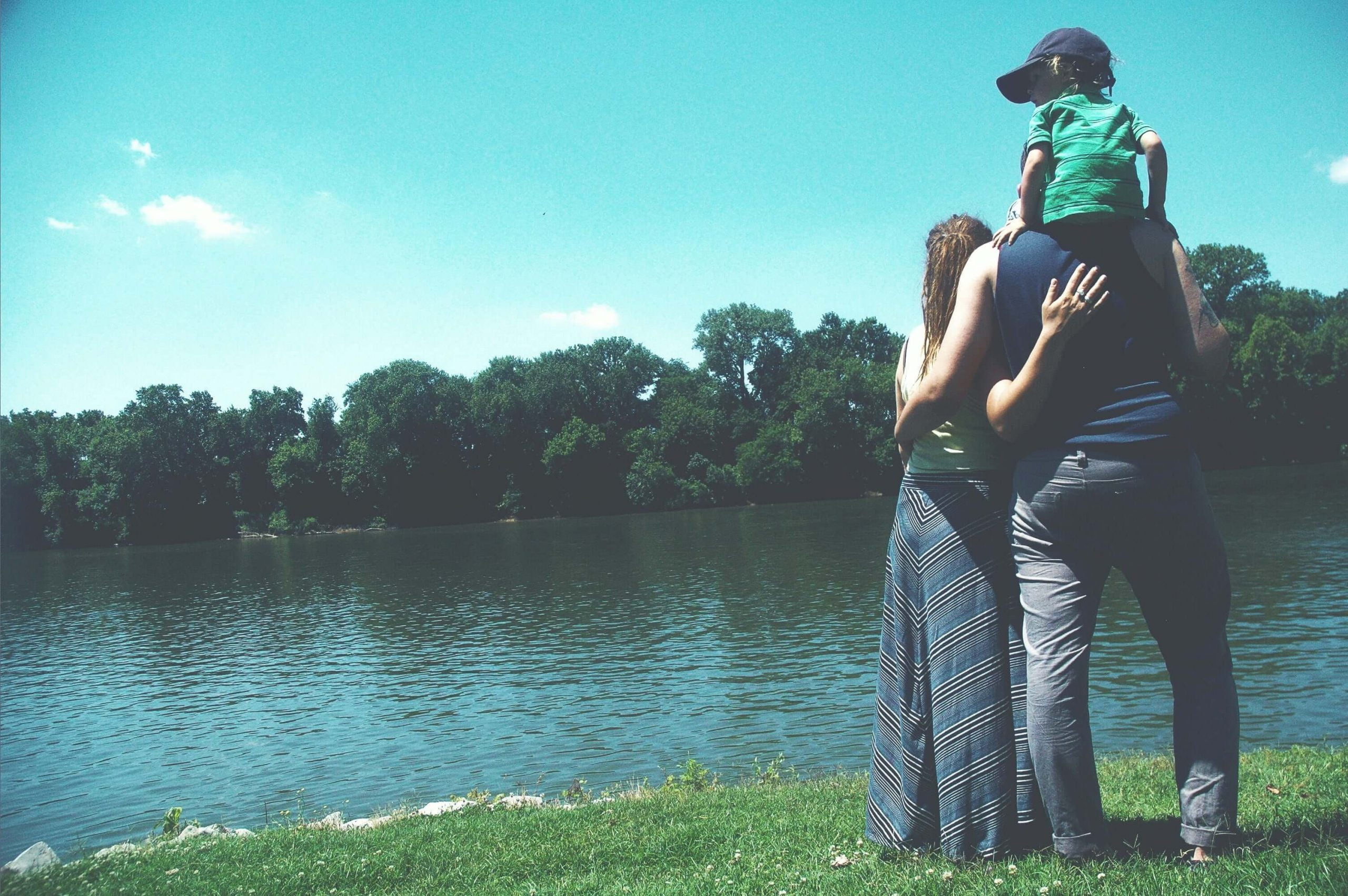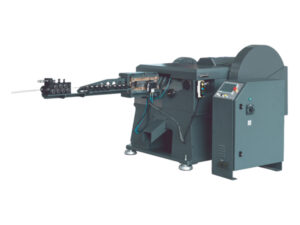To maintain a fire-safe environment, you need to ensure that it’s free of all risks. That can only be done when you conduct a thorough fire risk assessment. And just like every other assessment, there are certain steps you must follow to ensure you don’t miss a vital aspect of your fire risk assessment.
What Is A Fire Risk Assessment Checklist?
Before getting right into it, you need to understand that a fire risk assessment is conducted by someone of competence. In essence, not everyone can carry out this action. If you don’t fall into such a category, you can employ fire risk assessment companies to help you out.
Moving on, this checklist contains step-by-step instructions on mitigating fire risks and hazards. They’re conducted by landlords, managers of workplaces, owners of private properties, and so on. At the same time, it’s mandatory and backed by UK law.
The Fire Risk Assessment Checklist Everyone Should Have
There are 5 steps to follow when assessing your building for fire risk. They include:
1. Identify the Fire Hazards
The first step is to go around and identify the objects that put your environment at risk of getting engulfed. These include electrical equipment, heat-releasing devices, pressers, and so on. Check their state and how much of a risk they pose.
The next step is to look for combustible materials like gas cylinders, chemicals, fuels, and so on.
2. Identify the Individuals at Risk
After identifying the fire hazards and their level of risk, you need to check which individuals are vulnerable to this risk. Have it in mind that certain individuals are at greater risk than others should a fire break out.
For instance, in an apartment, the elderly are at greater risk than younger individuals. At workplaces, workers tasked with more dangerous materials stand a higher chance of getting harmed.
3. Take Action Against Fire Risks and Hazards
Once the data on your fire hazards have been collected and the individuals at risk have been identified, you should evaluate this data. In other words, you need to sit and think about the ways those hazards could result in a fire.
At the same time, you need to come up with strategies to prevent your foreseen incidents, e.g. removing the hazards, instilling new fire safety regulations, purchasing fire safety tools, etc.
4. Record Your Findings
Always keep a written record of all insights and decisions taken. Pen down what you observe and plan ahead to ensure future risks are avoided. Documenting your fire risk assessment helps you build stronger measures for ensuring the safety of people and properties.
5. Review Your Findings
Apartments get new tenants yearly; companies recruit new workers and equipment. The bottom line is your environment is subject to constant change, and as such, you need to regularly review your fire risk assessment.
That’s why a regular fire risk assessment is advised.
Bottom Line
Only careful planning, identification, and prevention of fire hazards can ensure a prolonged fire-safe environment. Every step in the list above is important and must be followed diligently.

















